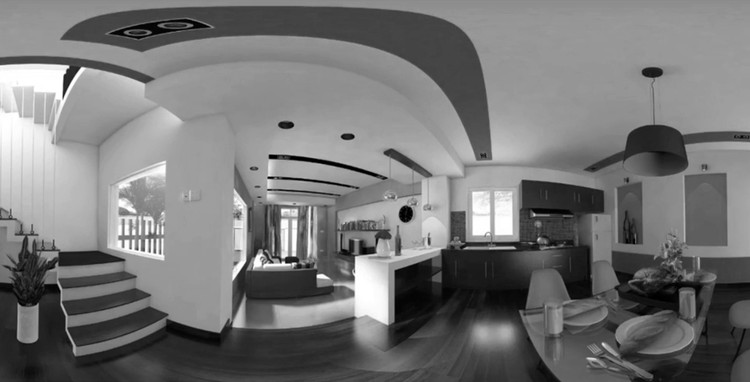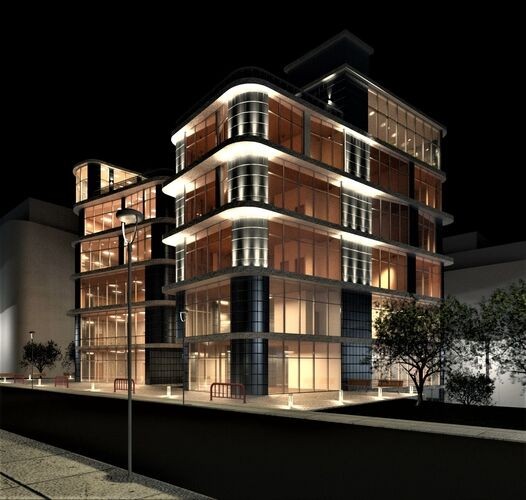
This past Monday brought with it not just a new week, but the start of the lunar new year. The start of the lunar new year brings with it another chance to review what's past and start afresh - a welcome opportunity for those of us already suffering a bit of new year blues.
Looking back to move forward seemed to be a bit of a theme this week, with the announcement of a number of memorials and renovations on historic sites. While the spate of new projects this week is certainly a coincidence, the recent proliferation of reuse and memorial projects, in general, shouldn't come as a surprise. As the age of the icon-producing starchitect stutters to a close, the long-gestating movements in reuse and preservation will likely come to the fore as a major movement in contemporary architecture. While major works such as the LocHal Library and the Battersea Arts Centre are banner examples, this is a movement that will celebrate the small-scale and local.









.jpg?1548941027)
.jpg?1548939693)
.jpg?1548940235)
.jpg?1548940920)
.jpg?1548941418)











.jpg?1548680939)
.jpg?1548681022)
_(1).jpg?1548680915)
.jpg?1548680888)
.jpg?1548680878)

























-45.jpg?1545636155)
-44.jpg?1545636138)





